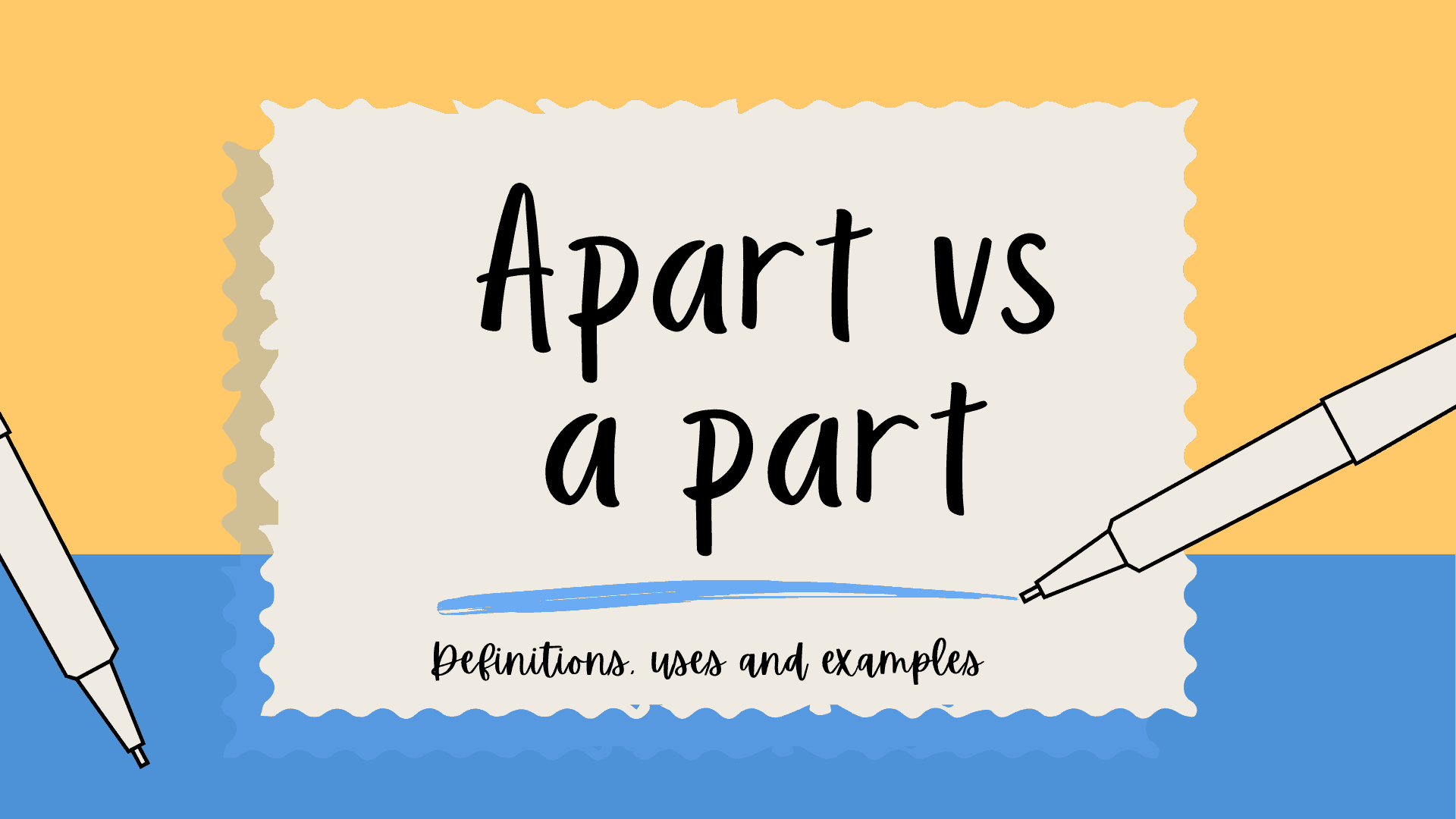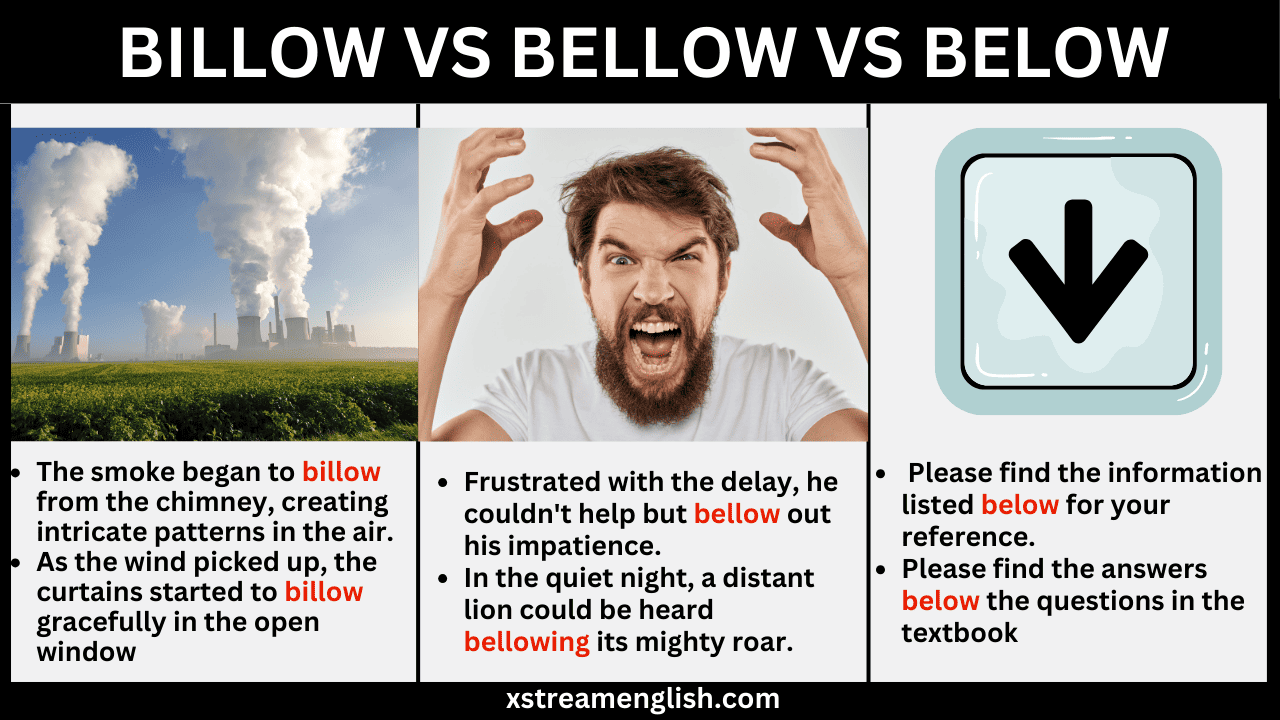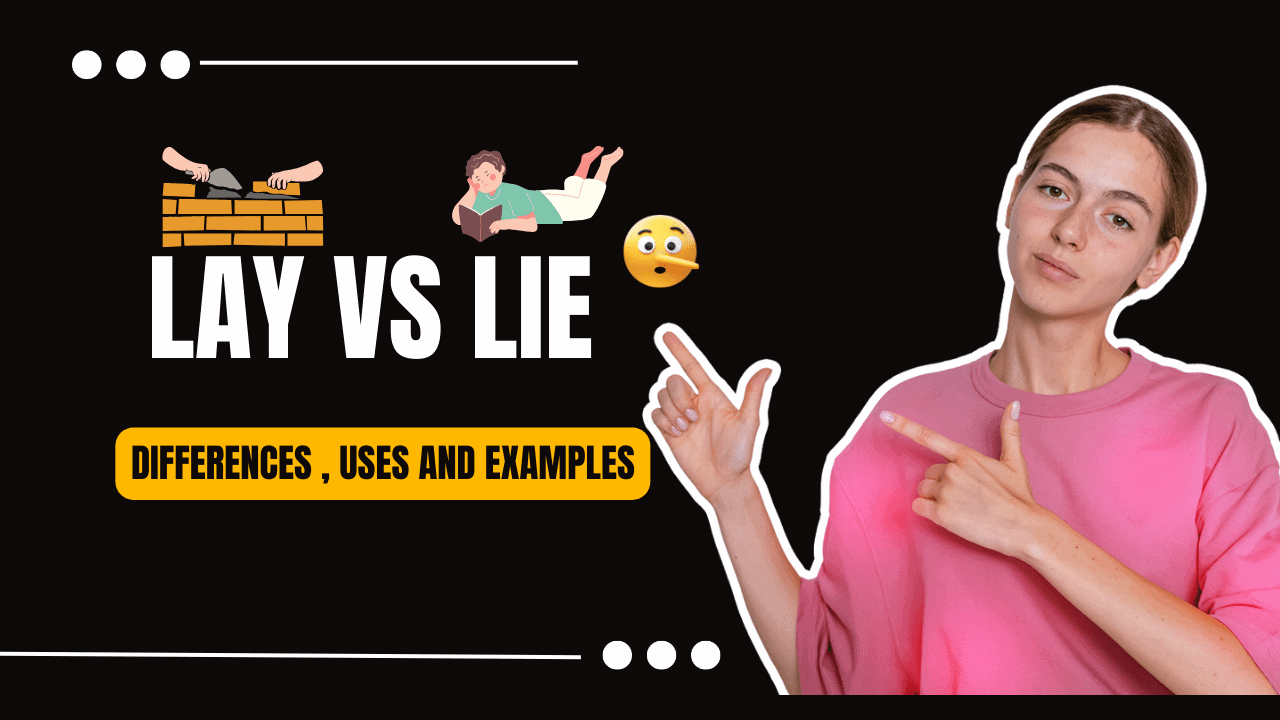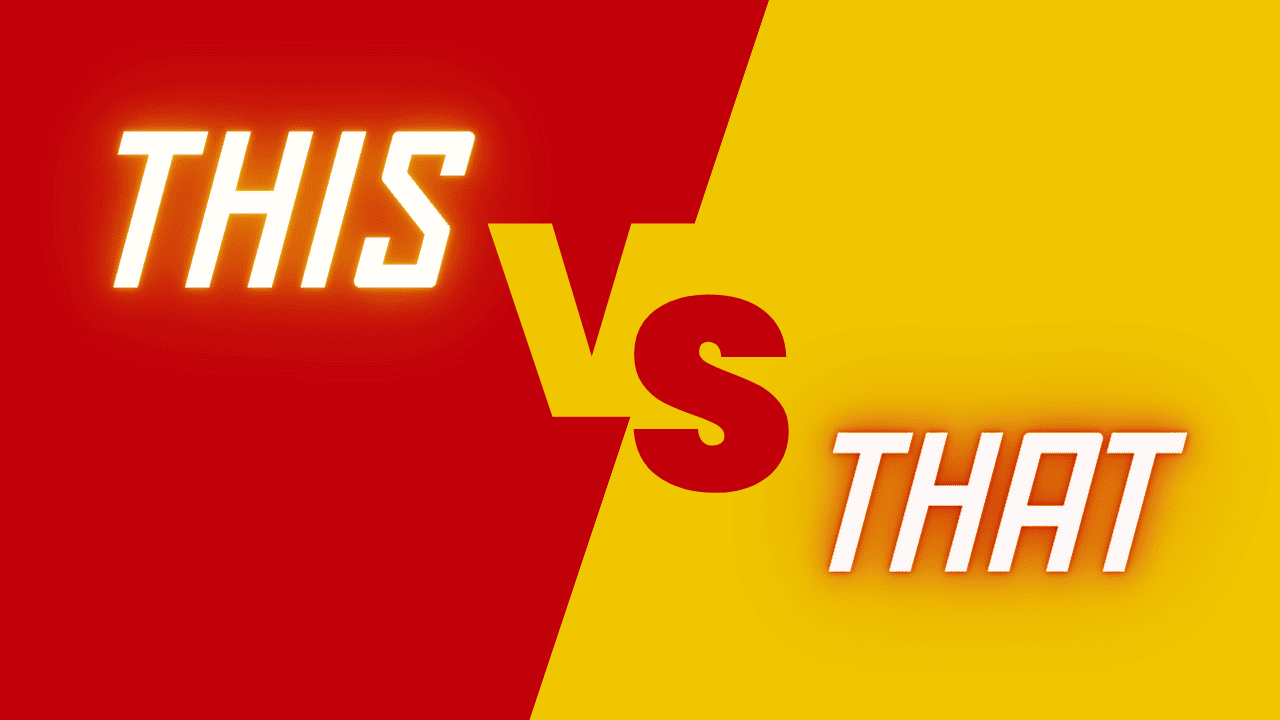What is a figure of speech?
A figure of speech is a deviation from the ordinary use of words in order to increase their effectiveness.
Basically, it is a figurative/ornamental language that may consist of a single word or phrase. It may be a simile, a metaphor, or a personification to convey a meaning other than the literal meaning.

Importance of Figure of speech
- It enhances the beauty of letters. It makes the text deeper and leaves the reader with a sense of wonder. It brings life to the words used by the writer.
- A figure of speech not only indicates the intent of the author, but also the purpose of using the language.
- It adds flavour to the writing and makes it so much more enjoyable for the reader.
Types of Figures of speech
🔹Simile
In a simile, two, unlike things, are explicitly compared. For example, “she is like a fairy”. A simile is introduced by words such as like, so as, etc. For example – my aunt is as busy as a bee.
Examples:
- As shiny as a new pin
- As cold as ice
- As white as a ghost
- As tough as nails
- As cool as a cucumber
- As common as dirt
- As hot as hell
- As innocent as a lamb
- As tall as a giraffe
🔹Metaphor
It is an informal or implied simile in which words like, as, so are omitted for example,” He is like a lion(simile)” and “ He is a lion(metaphor)”.
Examples:
- Wine is a mocker.
- The moon is a white balloon.
- The childhood of the world.
- The deceitfulness of the riches.
- She is a star of our family.
- She is now in the sunset of her days.
- The kids were monkeys on the jungle gym.
🔹Personification
Personification is an attribution of personal nature, intelligence, or character to inanimate objects or abstract notions. For example, in some phrases we use, the furious storm, the thirsty ground, and the pitiless cold.
Examples:
- The approaching car’s headlights winked at me.
- The camera loves her since she is so pretty
- The stairs groaned as we walked on them.
- Our vacuum hums a happy tune while it cleans.
- My flowers were begging for water.
- The ivy wove its fingers around the fence
- The thunder was grumbling in the distance.
- The cactus saluted those who drove past.
- The sun is smiling at us.
🔹Metonymy
Metonymy is meant for a change of name. It is a substitute of the thing names for the thing meant.
Examples:
- From the cradle to the grave. = from childhood to death.
- I have never read Milton. = the words of Milton
- Crown – in place of a royal person ( we will swear loyalty to the crown)
- The white House or The Oval Office – used in the place of the president or White House staff. The white house will be making an announcement around noon today.
- Suits – in place of business people. ( If we don’t get these reports in today, the suits will be after us.)
- Heart – to refer to love or emotion. ( My dear, you have all my heart)
🔹Apostrophe
It is a direct address to some inanimate thing or some abstract idea as if it were a living person or some absent person as if it were present.
Examples:
- Twinkle, twinkle little star, how I wonder what you are.
- O holy night! The stars are brightly shining!
- Then comes, sweet death, and rid me of this grief.
- O, pardon me, thou bleeding piece of earth.
- Roll on, thou deep and dark blue ocean.
🔹Hyperbole
Hyperbole is a statement made emphatic by overstatement.
Examples:
- He’s got tons of money.
- They ran like greased lightning.
- We’re so poor we don’t have two cents to rub together.
- The car went faster than the speed of light.
- He’s as skinny as a pencil.
- If I can’t buy that perfect dress. I’ll die!
🔹Synecdoche
Synecdoche is the understanding of one thing by means of another. Here, a part is used to designate the whole or the whole to designate a part.
Examples:
- “At midnight I went on deck, and to my mate’s great surprise put the ship round on the other tack. His terrible whiskers flitted around me in silent criticism.”
- “The western wave was all a-flame. The day was well-nigh done! Almost upon the western wave Rested the broad bright sun.” The “western wave” is a Synecdoche, as it refers to the sea by the name of one of its parts, a wave.
- Tell that its sculptor well those passions read Which yet survive, stamped on these lifeless things, The hand that mocked them.” ( “The hand” in these lines refers to the sculptor, who carved the “lifeless things” into a grand statue.
🔹Transferred Epithets
In transferred epithets, The qualifying objective is transferred from a person to a thing as in phrases.
For example
- I had a wonderful day. ( The day is not in itself wonderful. The speaker had a wonderful day.)
Some other examples
- Sleepless nights
- Sunburn mirth
- Melodious plain
- Cruel bars
- Suicidal sky
🔹Euphemism
By using the euphemism, we speak in agreeable and favourable terms of some person, object, or event which ordinarily considered unpleasant and disagreeable.
Examples:
- He is telling us a fairy tale (a lie)
- He has fallen asleep forever. ( he is dead)
🔹Irony
In this figure of speech, the real meanings of the words used are different from the intended meanings. For example, the child of a cobbler has no shoes.
1. A member of PETA wears leather shoes.
(because PETA members work to protect animal rights, one would assume they would avoid products made from animal skins.)
2. A pilot has a fear of heights.
(this situation is ironic because airplane pilots spend most of their time at work, high in the air.)
3. The teacher fails the test.
Teachers are usually the ones giving tests rather than taking them, so most people assume they would be expert at passing tests
🔹Pun
This consists of a play on the various meanings of a word. Its effect is often ludicrous.
Examples:
- Is life worth living? It depends upon the liver.
- Obviously, the constitution is against prostitution and congress is against progress. (con means against and pro means for)
- The grammarian was very logical. He had a lot of comma sense.
- A chicken farmer’s favourite car is a coupe.
- What do you call a person rabid with wordplay? An energizer punny.
- I’ve been to the dentist many times so I know the drill.
- What did one plant say to another? What’s stomata?
🔹Epigram
It is a brief painted saying. It couples words that apparently contradict each other. The language of the epigram is remarkable for its brevity.
Examples:
- The child is the father of the man. ( Wordsworth)
- Fools rush in where angels fear to tread.
- The art lies in concealing art.
- Conspicuous by its absence.
🔹Antithesis
In antithesis, a striking opposition or contrast of words is made in the same sentence in order to secure emphasis.
Examples:
- To err, is human, to forgive is divine.
- Give every man thy ear, but few thy voice.
- Love is an ideal thing, marriage a real thing.
- Many are called, but few are chosen.
🔹Oxymoron
It is a figure of speech that combines two seemingly contradictory or incongruous words for sharp emphasis or effect.
Examples:
- Visible Darkness
- Loving hate
- Definitely maybe
- Original copy
- Open secret
- Jumbo shrimp
- Growing smaller
- Farewell reception
- Dark light
- Clearly confused
🔹Litotes
It is the opposite of hyperbole. Here an affirmative is conveyed by the negation of the opposite.
Examples:
- He is no dullard.
- I am not a little.
- He is not a bad sort.
🔹Interrogation
This is a rhetorical mode of affirming or denying something more strongly than could be done in ordinary language.
Examples:
- Who is here so vile that will not love his country?
- Who is here so rude that would not be a Roman?
- Who is here so base that would be a bondman?
🔹Exclamation
It is used for strong expressions or feelings.
Examples:
- Wow! I can’t believe I ran into you here.
- No! I did not intend to lock myself out of the house.
- Oh! That is a gorgeous, new dress
- Stop! I really don’t want to get wet. Don’t throw me in the pool!
- O lift me as a wave, a leaf, a cloud I fall upon the thorns of life; I bleed!
🔹Climax
It is an arrangement of a series of ideas in the order of increasing importance.
For example, “ what a piece of word man! How noble in reason, how infinite in faculties! In action, how like an angel!”
Some other Examples
- Peeta and katniss agree to eat the poisonous berries instead of attempting to kill each other. ( and the outcome is that they are both declared winners) The hunger Games
- The deaths of Romeo (who kills himself because he thinks Juliet is dead) and Juliet (who kills herself when she awakes and sees Romeo dead.) Romeo and Juliet, Shakespeare
🔹Anticlimax or Bathos
This is the opposite of climax and signifies a ludicrous descent from the higher to the lower.
Examples:
- A man so various, that he seemed to be. Not one, but all mankind’s epitome; who is in course of one revolving moon; was a lawyer, statesman, fiddler, and buffoon.
- Tension builds in a horror movie as a young girl approaches a closed door. There is a scratching sound coming from behind the door. When she opens it, a cat comes out.
- You are riding a roller coaster, and it begins to climb a steep hill slowly. The roller coaster reaches the top of the hill, and you brace yourself to begin a steep down the hill. But, the track evens out and you go straight instead of down.
🔹Alliteration
The repetition of same letter or syllable at the beginning of two or more words is called alliteration.
Examples:
- Apt Alliteration’s artful aid.
- Glittering through the gloomy glade.
- Paula planted the pretty pink poppies in the pot.
- The furrow followed free.
- The boy buzzed around as busy as a bee.
- Garry grumpily gathered the garbage.
- Those lazy lizards are lying like lumps in the leaves.
- Kim came to help us cut out a colourful kite for Chris.
🔹Onomatopoeia
The formation of a word whose sound is made to suggest or echo the sense as in cuckoo, bang, growl, hiss.
Examples:
- Rend with the tremendous sound your ears asunder with guns, drums, trumpets, blunderbuss, and thunder.
- The moan of doves in immemorial elms and murmur of innumerable bees.
🔹Circumlocution
This consists of expressing some fact or idea In a roundabout way, instead of stating it at once.
Examples:
- The viewless couriers of the air. ( the wind)
- That statement of his was purely an effort of imagination. ( a fiction)
🔹Tautology or pleonasm
Tautology is meant for repeating the same fact or idea in different words.
For example, “It is the privilege and birthright of every man to express his ideas without any fear.”
Some other Examples
- Let’s order a hoagie sandwich.
- Alice started her presentation with a short summary.
- He is always making predictions about the future.
- The school was in close proximity to the explosion.
Frequently asked questions on figure of speech
What is a figure of speech?
A figure of speech is a deviation from the ordinary use of words in order to increase their effectiveness.
Basically, it is a figurative/ornamental language that may consist of a single word or phrase. It may be a simile, a metaphor, or a personification to convey a meaning other than the literal meaning.
what are the 3 most used figures of speech with examples?
simile, metaphor, and personification are the most used figures of speech.
simile – As proud as a peacock
metaphor – She is an early bird.
personification – “The sun smiled down on us.”



